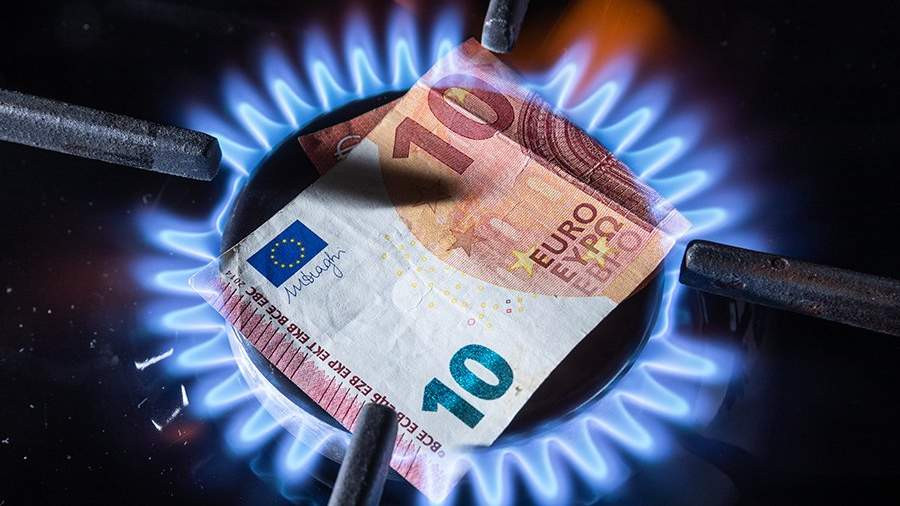
Natural gas prices in the first half of Wednesday stayed in the range of $320-$330 per 1,000 cubic meters, indicating stability. However, the second half of the day proved to be less profitable.
The price of June futures at the TTF hub in the Netherlands opened Wednesday trading at $330.7 per 1,000 cubic meters, a 1.7% increase from the previous trading day. However, as of 14:20 London time, their price has fallen by over 6% to $308.3 per 1,000 cubic meters.
Gas prices in Europe have been falling since the end of last year and accelerated their decline in May. Current gas prices for European consumers are more than ten times lower than the record levels seen in the early days of spring last year.
Undoubtedly, the main factor driving the decline in energy resources is the warm weather and high gas storage occupancy in the European Union. Cost-saving measures encouraged by regional authorities also play a role.
However, the outlook for gas prices from the supply side is not as positive, as there is a significant risk of a substantial decline in Russian gas imports. The European Commission has already stated that EU countries should prepare for a complete cessation of gas supplies from Russia.
"The target gas storage level is set at 90% for the next winter, and the EU should be able to meet this task even in the absence of Russian gas volumes," the commission's statement said.
Take note that the import of Russian gas to European countries decreased by over 50% last year, reaching approximately 80 billion cubic meters. Gas supplies were halted through the main route, the Nord Stream pipeline, and the balancing pipeline, the Yamal-Europe pipeline. In addition, due to the military confrontation between Russia and Ukraine, gas imports through the Ukrainian route decreased by two-thirds.
Currently, Russian pipeline gas is delivered to Europe through one of two entry points: the gas transmission system of Ukraine and through Turkey (via the TurkStream and Blue Stream pipelines).
In March 2022, the European Union developed the RePowerEU plan, which detailed the stages of reducing fuel imports from Russia and transitioning to "green" energy. The plan also proposed measures to reduce gas and electricity demand.
Despite all the measures taken by officials and favorable weather conditions, gas prices are currently one and a half to two times higher than the average levels observed over many years. Even with the adopted measures and successful weather conditions, gas prices for EU countries remain very high, and they have been high for a considerable period of time. This level of cost has never been seen in the energy market since the establishment of gas hubs in Europe in 1996.





















